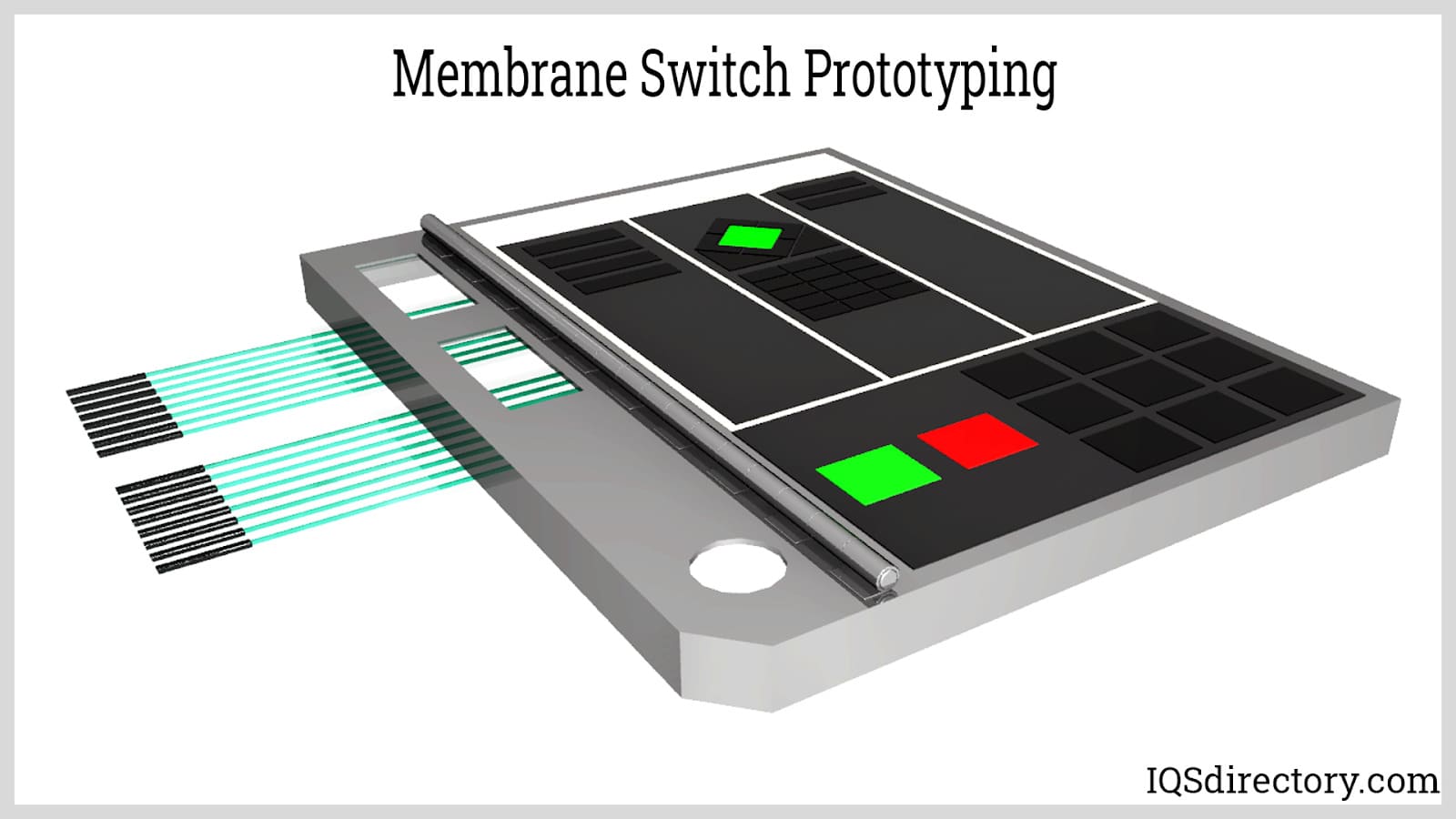Essential Features to Seek When Picking a Membrane Switch
Essential Features to Seek When Picking a Membrane Switch
Blog Article
Comprehending the Capability of Membrane Layer Switches Over for Interface Instruments
The functionality of membrane switches stands for a significant innovation in individual interface style, integrating performance with aesthetic adaptability. As sectors increasingly prioritize individual experience, recognizing the subtleties of membrane button modern technology becomes important.
What Are Membrane Switches?
Membrane switches are cutting-edge interface devices that facilitate user interaction with electronic devices. These flexible elements are composed of several layers, consisting of a visuals overlay, spacer, and a published circuit layer. The layout enables a seamless integration right into numerous digital tools, boosting both the aesthetic and functional elements of interface.
Membrane layer switches are frequently utilized in a large variety of applications, from family home appliances to industrial machinery and medical tools. Their building and construction typically includes a slim profile, making them an excellent selection for compact designs. The responsive comments supplied by these switches can be crafted to meet particular user choices, ensuring reliable interaction between the customer and the device.
Toughness is an additional considerable advantage of membrane buttons, as they are immune to dust, wetness, and chemicals, which enhances their life-span popular environments. Additionally, these buttons can be tailored in regards to form, size, and visuals layout, enabling branding and user-specific functions. In general, membrane layer changes stand for a functional service for improving user experience in electronic gadgets, combining capability with aesthetic allure in an efficient way.
Exactly How Membrane Layer Switches Job
Operating on a straightforward concept, membrane layer switches utilize a layered construction to sign up user input successfully. Each switch includes several layers, consisting of a printed circuit layer, a spacer layer, and a leading graphic layer, which are designed to interact effortlessly. When a customer presses the top layer, it presses the spacer layer, bringing the conductive aspects of the circuit layer into call with each various other.
This contact produces a shut circuit, signaling the gadget to perform a particular feature. The design permits numerous arrangements, including tactile comments, which can boost the individual experience by supplying a physical experience upon activation. The materials made use of in membrane layer switches commonly consist of adaptable substratums, such as polyester or polycarbonate, which make certain toughness and strength against wear and tear.

Key Benefits of Membrane Layer Buttons

Another substantial benefit is their compactness. Membrane buttons are slim and light-weight, which allows producers to conserve area in their devices without compromising functionality. This function is particularly advantageous in applications where weight and quantity are essential factors to consider.
Additionally, membrane layer switches are resistant to dirt, dampness, and chemicals, enhancing their sturdiness. This resilience prolongs their life expectancy and lowers the requirement for regular replacements, leading to cost financial savings over time.
Additionally, the tactile comments supplied by membrane buttons can be maximized to enhance customer interaction. They can include attributes such as raised switches or audible clicks, enhancing use and user experience.
Applications Across Industries
Interface devices using membrane layer switches are common in a large selection of industries, showcasing their versatility and performance. Membrane Switch. In the clinical sector, membrane buttons are indispensable to devices such as analysis tools and patient surveillance systems, where their resilience and simplicity of cleansing are vital for keeping health requirements. In a similar way, in the automobile market, these switches are utilized in dashboard controls and infomercial systems, providing a sleek and contemporary interface for users.
Moreover, the consumer electronic devices field gain from membrane layer buttons in home appliances and portable devices, where portable design and user-friendly interfaces improve customer experience. Industrial applications additionally utilize membrane layer changes for control panels in equipment and automation systems, highlighting their toughness and resistance to severe atmospheres.
In the aerospace and defense sectors, membrane layer switches are made use of in cockpit controls and tools, where integrity and efficiency under extreme problems are vital. In addition, the pc gaming industry progressively incorporates membrane layer switches in controllers and game devices, adding to an appealing user experience. In general, the convenience of membrane switches allows their widespread usage across numerous markets, underscoring their value in contemporary individual interface design.
Future Fads in Membrane Switch Over Innovation

Furthermore, the use of advanced materials, such as polycarbonate and polyester films, is anticipated to increase, offering enhanced sturdiness and resistance to ecological stress factors. These materials add to the overall durability of membrane layer buttons, making them suitable for harsher industrial applications.
Furthermore, the consolidation of clever technology, including IoT connectivity, will make it possible for membrane layer buttons to communicate with other devices and systems, helping with a much more interactive individual experience. This pattern lines up with the expanding need for wise gadgets throughout different fields, from healthcare to consumer electronic devices.
Lastly, personalization choices are prepared for to expand, enabling manufacturers click for more info to develop bespoke options customized to details customer needs and preferences. These advancements will certainly place her comment is here membrane layer buttons as crucial parts in the development of interface innovation.
Conclusion
In final thought, membrane layer changes stand for a pivotal advancement in individual interface technology, using a dependable and flexible solution for diverse electronic applications. As improvements in product scientific research and touch sensing innovations proceed, the capability and applicability of membrane buttons are expected to increase, strengthening their importance in modern-day digital tools.
Report this page